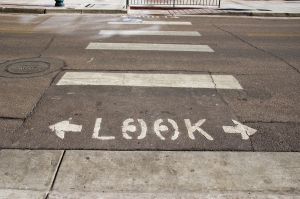With winter weather rapidly approaching and the holiday season just around the corner, our Boston personal injury lawyers urge families to discuss safe driving habits with elderly drivers and to take steps to assure their safety.
The USA Today reports the rapidly expanding population of older drivers will have a huge impact in the years to come. The AAA Foundation for Traffic Safety reports that fatality rates begin to climb after age 65. From 75 to 84, older drivers are about as dangerous as the most dangerous drivers on the road — teenagers. After age 85, the chances of being involved in a fatal accident skyrocket until the oldest drivers on the road are 400 percent more likely to be involved in a fatal accident than young drivers.

It’s a huge issue because a separate study earlier this year also found that drivers over the age of 75 are much more likely to say they plan to driver into their 90s than are drivers who recently hit retirement age.
And, with the Baby Boomers hitting retirement age, the number of older drivers on the road is expected to explode in the coming years. The number of U.S. residents over the age of 70 is expected to grow from 1 in 10 today to 1 in 5 by 2040. Meanwhile, the number of fatal accidents involving those over 65 is expected to grow to 25 percent, from just 11 percent today.
The National Highway Traffic Safety Administration reports that more than 183,000 older adults are injured in accidents each year — and they account for about 1 in 5 fatal pedestrian accidents.
Many seniors make concessions when not in denial about their abilities — typically limiting their driving to daylight hours. This is no guarantee. Eighty percent of traffic fatalities involving older drivers happen during daylight hours and 72 percent occur during the week.
Senior drivers were responsible for more than 1 in 5 fatal Massachusetts car accidents, accounting for 74 of the 363 fatalities in 2008.
The USA Today article encourages families to start discussing the issue early — even at the time an older adult retires — so as to make it less contentious. With proper planning, a parent or aging loved one may also move to an area where public transportation is available or make other concessions in preparation for the time when it may no longer be safe to drive.
Continue reading
 Boston Car Accident Lawyer Blog
Boston Car Accident Lawyer Blog








